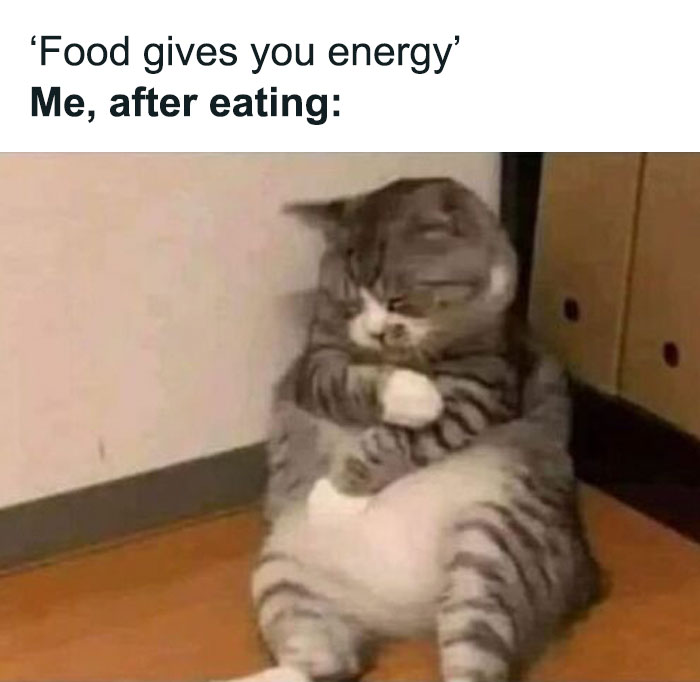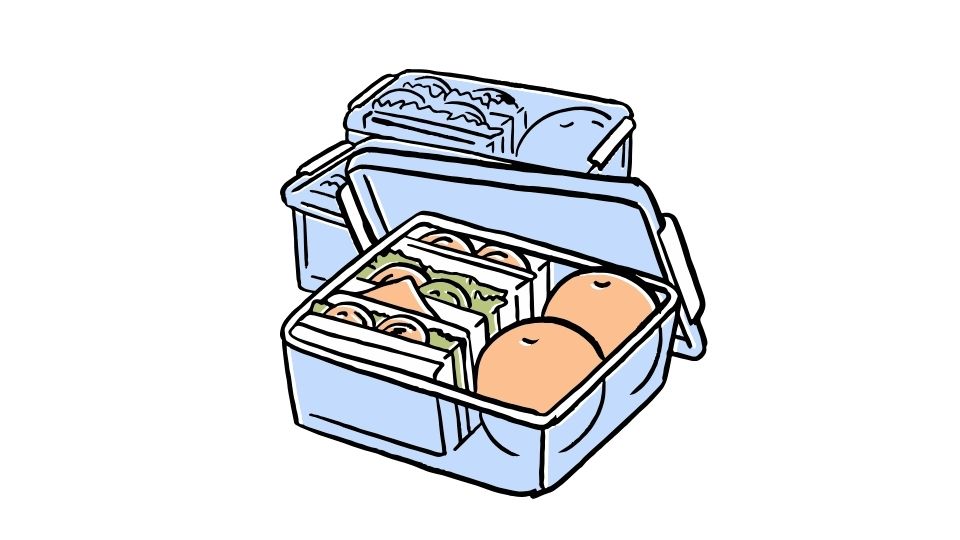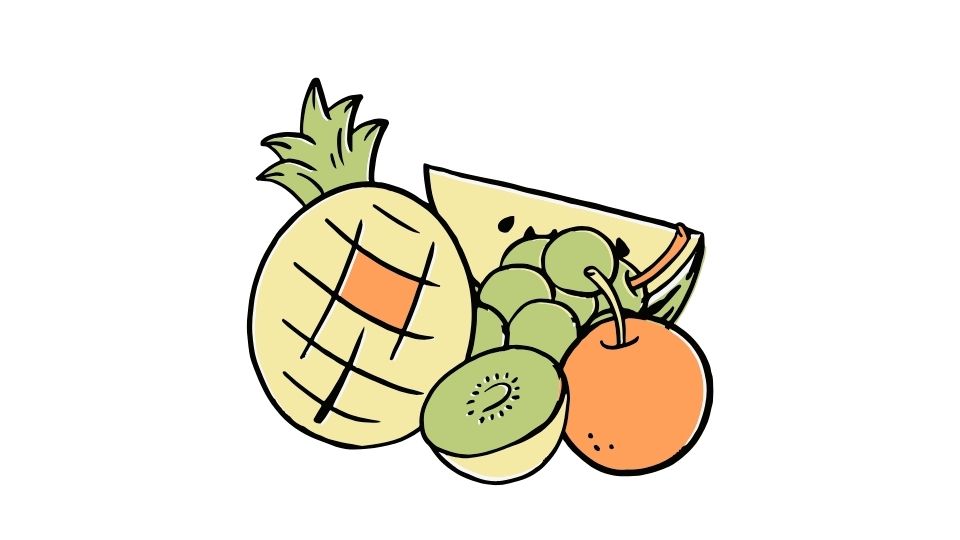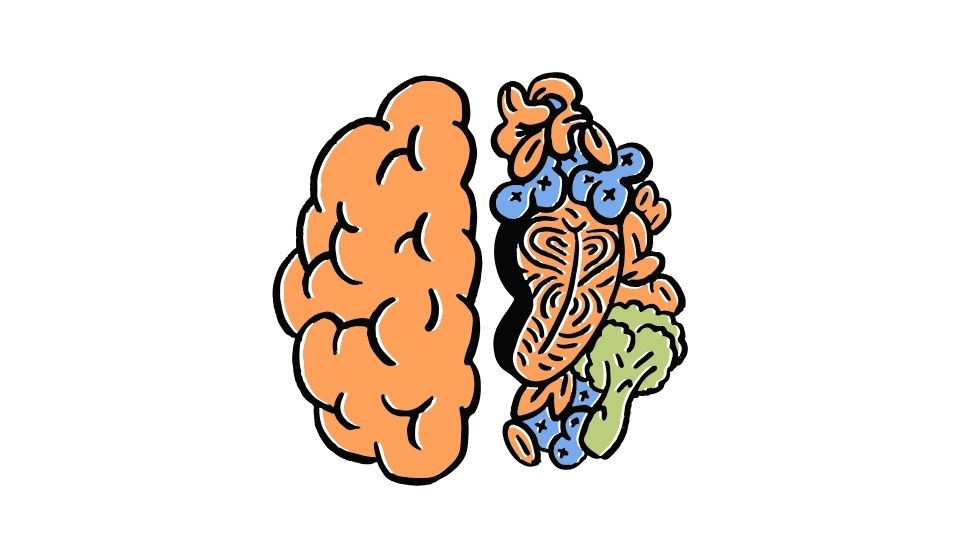Ever wondered if that afternoon slump is from your lunch choices? Or why you feel on top of the world some days and totally crashed on others? The answer might be hiding in what’s on your plate.
Tracking both mood and food creates a powerful feedback loop that reveals how what you eat affects how you feel (and vice versa).
Apps that combine food logging with mood tracking help you uncover these hidden connections, giving you actionable insights to improve both your diet and mental wellbeing.
In this post, I’ll dive into why tracking food and mood together is a game-changer, which apps do it best, and how to use these tools to actually improve your life – not just collect more data.

Why Track Mood and Food Together?
Let’s be honest – tracking food alone can be helpful for weight management and hitting nutrition goals. But when you add mood tracking to the mix, you unlock a whole new level of understanding about your body and mind.
Here’s what combining mood and food tracking helps you discover:
- Those sneaky emotional eating triggers (stress → cookies, anyone?)
- How certain foods tank your energy or boost your mood
- The connection between your diet and mood swings
- Which foods might be causing brain fog or irritability
- How to use nutrition to actually support your mental health
This two-pronged approach isn’t just some wellness fad – it’s backed by research showing the gut-brain connection is very real. What you eat directly impacts your brain chemistry and mental state.
As someone who’s struggled with afternoon energy crashes for years, tracking helped me realize that my carb-heavy lunches were the culprit.
Switching to more balanced meals with protein and fat completely changed my productivity and mood.
Must-Have Features in Food and Mood Tracking Apps

After testing dozens of these apps and reading through hundreds of reviews, I’ve identified the key features that make or break a good mood-food tracking experience:
Food Tracking Features
- Easy logging options: The best apps offer multiple ways to log meals (manual entry, barcode scanning, photo recognition)
- Comprehensive nutrient data: Not just calories, but macros (carbs, fats, proteins) and important micronutrients
- Customizable meal plans: Options to set goals based on your specific needs
- Food insights: Analysis that shows patterns in your eating habits over time
Mood Tracking Features
- Simple mood logging: Quick options to record how you’re feeling (scales, emojis, or custom notes)
- Contextual tracking: Ability to link mood entries with meals or times of day
- Trend visualization: Charts and reports that show mood patterns
- Trigger identification: Tools that help identify what foods or situations affect your mood
Integration Features
- Combined data analysis: Tools that specifically show correlations between food and mood
- Health ecosystem integration: Connection with other health apps and devices
- Reminder systems: Smart notifications to log both food and mood
- Educational content: Tips and insights about nutrition-mood connections
The apps that nail these features make tracking feel less like a chore and more like a fascinating self-discovery journey.
Top Apps for Tracking Both Mood and Food
Based on my testing and research in 2024, here are the standout apps that do the best job connecting what you eat with how you feel:
1. Rise Up + Recover
This app shines by focusing on the emotional side of eating while still tracking nutrition. It’s designed for people dealing with disordered eating but works for anyone wanting to understand their emotional relationship with food.
The app lets you log meals with photos, track feelings before and after eating, and identify triggers.
What makes it unique is its emphasis on mindful eating practices and journal prompts that encourage deeper reflection on the food-mood connection.
2. Cronometer
For the data lovers, Cronometer offers incredibly detailed nutrition tracking (up to 84 nutrients!) alongside mood, sleep, and activity logging.
It uses a verified food database for accuracy and provides rich analytics showing how your nutrition might be affecting your wellbeing.
The comprehensive nutrition data makes it especially valuable for identifying specific nutritional patterns that might be impacting your mood – like discovering that your irritability coincides with days you’re low on magnesium or B vitamins.
3. Ate Food Journal
This visually-oriented app takes a refreshingly different approach to food tracking. Instead of obsessing over calories, Ate focuses on the why behind eating. You snap photos of meals, note your hunger level, location, mood, and reason for eating.
Its strength is making you aware of patterns without judgment. The visual food journal helps you notice when you’re eating out of boredom, stress, or actual hunger, making the emotional connections much clearer.
4. Am I Hungry?
This mindful eating app directly addresses the mood-food connection by asking key questions with each meal: Why am I eating? Am I hungry? How do I feel? Where is my hunger level?
The app is based on Dr. Michelle May’s mindful eating program and helps users distinguish between emotional and physical hunger – a crucial skill for understanding the food-mood relationship.
Its simple approach makes it accessible even to those who find detailed tracking overwhelming.
How to Actually Use These Apps to Improve Your Life

Having tested these tools extensively, I’ve learned some practical strategies to get the most benefit without becoming obsessed with tracking:
Start With a Two-Week Intensive Period
Begin with 2 weeks of detailed tracking – log everything you eat and your mood at regular intervals (morning, noon, evening at minimum). This gives you baseline data to identify patterns.
After a recent vacation where I felt sluggish and irritable, I tracked intensively for two weeks and discovered that my increased dairy consumption was likely the culprit. I’d never have made that connection without the data.
Look for Specific Correlations
After your intensive tracking period, review your data looking for these common patterns:
- Sugar crashes: Mood dips 1-2 hours after high-sugar meals
- Caffeine effects: Anxiety or jitters after coffee/energy drinks
- Carb impacts: Energy levels after different types of carbohydrates
- Protein relationship: Mood stability on high vs. low protein days
- Specific food reactions: Consistent mood changes after certain foods
Experiment With One Change at a Time
Once you identify a potential pattern, test it with a controlled experiment. For example, if you suspect dairy affects your mood, try eliminating it for a week while tracking how you feel.
The key is changing just one variable at a time so you can accurately attribute any improvements to that specific change.
Use Reminder Systems Strategically
App fatigue is real! To stay consistent with tracking:
- Set specific reminder times aligned with meals
- Use location-based reminders (like logging mood when arriving/leaving work)
- Stack tracking with existing habits (log food right after brushing teeth)
- Schedule weekly review sessions to look for patterns
Combine Apps if Needed
Don’t be afraid to use multiple apps if one doesn’t do everything you need. For example, you might use a dedicated nutrition tracker alongside a separate mood journal app, then manually look for correlations during your weekly reviews.
Common Food-Mood Patterns to Watch For

Through my research and personal experience, I’ve found several food-mood relationships that appear frequently in tracking data:
The Sugar Rollercoaster
Pattern: Quick mood boost after eating sugar, followed by a crash 1-2 hours later
What’s happening: Blood sugar spikes, triggering insulin release that can lead to hypoglycemia
Tracking tip: Note time of sugar consumption and check mood at 30-min, 1-hour, and 2-hour marks
The Caffeine Curve
Pattern: Increased alertness followed by anxiety or irritability
What’s happening: Caffeine blocks adenosine receptors and stimulates adrenaline
Tracking tip: Log not just if you had caffeine, but how much and when
The Processed Food Problem
Pattern: Brain fog, lethargy, or mood dips after highly processed meals
What’s happening: Inflammatory responses to additives, refined carbs, and industrial oils
Tracking tip: Rate foods on a processing scale (1=whole food, 5=highly processed)
The Protein Stabilizer
Pattern: More consistent mood and energy on high-protein days
What’s happening: Protein provides steady energy and neurotransmitter precursors
Tracking tip: Track your protein intake as a percentage of total calories
Making This Sustainable Long-Term

The biggest challenge with any tracking system is sticking with it. Here’s how to make food and mood tracking sustainable:
Cycle Between Intensive and Maintenance Tracking
Instead of trying to track everything forever (which leads to burnout), cycle between:
- Intensive periods: 1-2 weeks of detailed tracking when you’re testing something specific
- Maintenance mode: Simplified tracking of just key metrics the rest of the time
Focus on Action, Not Just Data Collection
The point isn’t to amass data – it’s to use insights to improve your life. After each tracking period, commit to at least one concrete change based on what you learned.
Celebrate Non-Scale Victories
Track improvements in mood, energy, sleep quality, and other wellbeing markers – not just weight or calorie counts. These positive reinforcements keep you motivated.
For example, I noticed through tracking that my mood was consistently better on days I ate at least 3 servings of vegetables. That positive association motivated me to eat more veggies, far more effectively than any generic nutrition advice.
In Summary
Apps that track both mood and food offer powerful insights that neither type of tracking can provide alone. The connections between what you eat and how you feel are deeply personal, and these tools help you uncover your unique patterns.
Whether you choose a comprehensive app like Cronometer or combine specialized tools for food and mood, the key is consistency and actually using the insights you gain.
Start with an intensive tracking period, look for patterns, experiment with changes, and celebrate improvements.
Remember that mental and physical health are interconnected, and what you eat plays a huge role in how you feel.
By understanding your personal food-mood relationship, you can make targeted changes that improve both your nutrition and your emotional wellbeing.
Have you tried tracking both food and mood? What patterns have you discovered? I’d love to hear about your experiences in the comments!




Leave a Reply